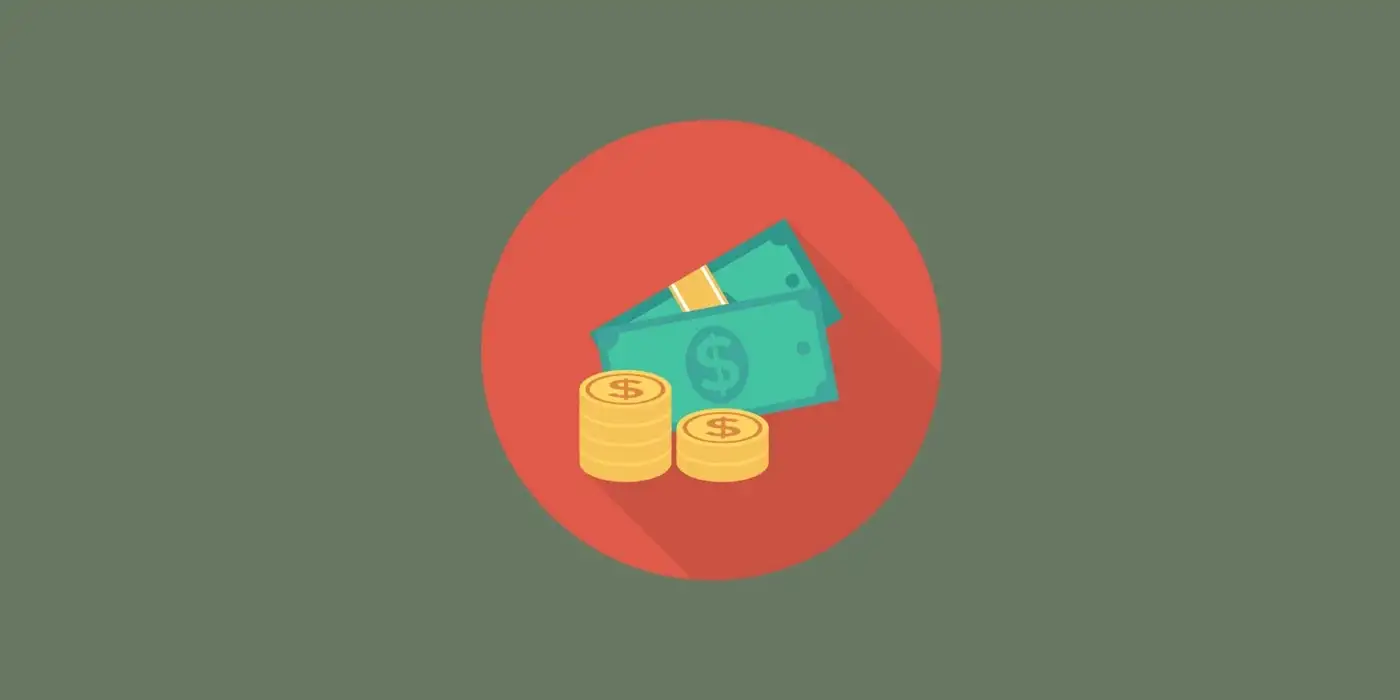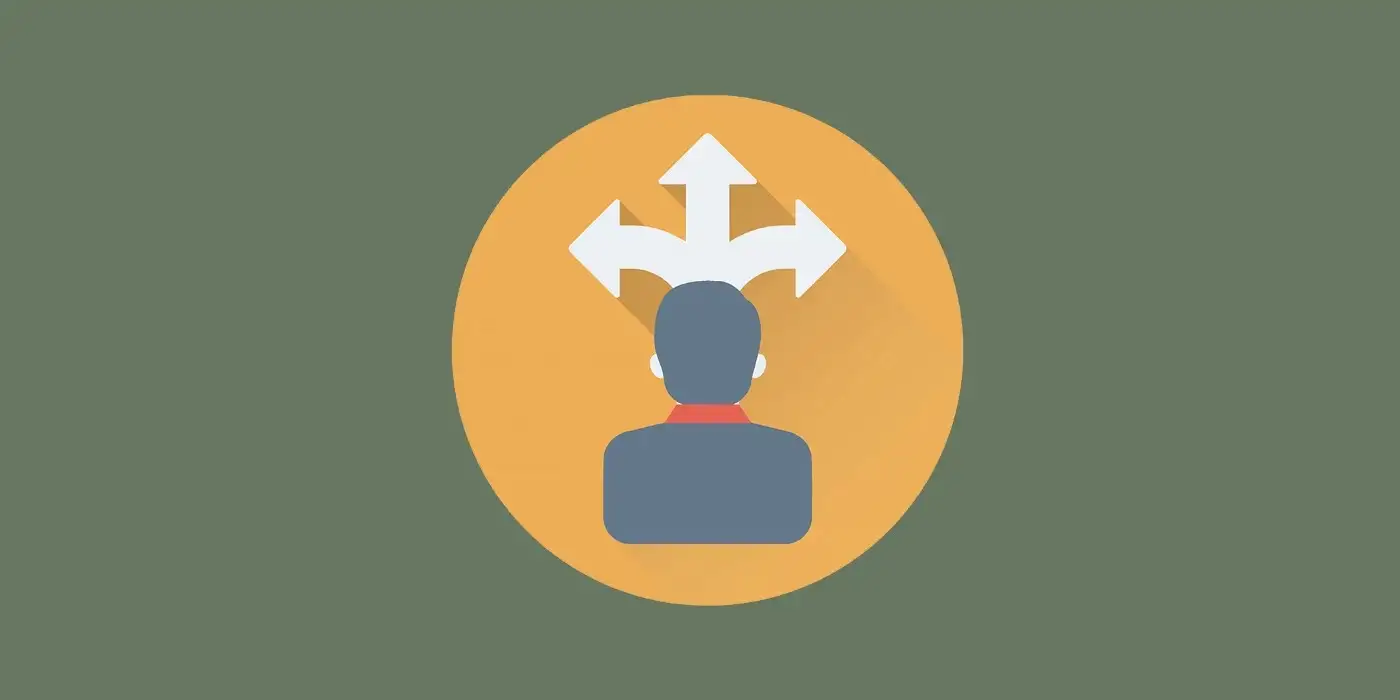
I used to run a fantasy football (soccer for Americans) game that I built myself.
I learned many different things from that experience, from bootstrapping a company to negotiating an exit.
This morning, I remembered an interesting tidbit that I’ve never written about — the time a guy logged in and proceeded to spend $600 on upgrades for their fantasy team.
Context
About 97% of my users never spent a dime, which is pretty standard for freemium games. When the remaining 3% spent money, the average amount was around $16 per purchase.
So you can imagine my surprise when the Stripe notifications poured in and just over $600 hit my account.
In the game rules, you couldn’t pick more than 3 players from the same club, you were limited in your choice of formation, and you had a limited budget. You could pay to increase all those limitations. The team budget, in particular, was very expensive to increase.
A closer look
So, what did that user do that day? He bought 8 extra slots for players from the same club. Then he greatly increased his fantasy team’s budget.
As I traced his steps I was wondering where he was going with this. Then I opened his team page and saw it. This glorious bastard was buying the entire Real Madrid starting 11 for his fantasy team.
This is a horrible strategy if your aim is to do well at fantasy sports. You have to diversify across different clubs in order to win. Having 5 players from Real Madrid might be better than having 3, but having 11 is suicide.
At first, I thought this guy didn’t understand how fantasy sports work.
But then it hit me. He couldn’t care less about winning.
He just liked Real Madrid.
Never assume
If there’s one thing I’ve learned working with customers and clients, it’s that you should never assume what they want.
Let them tell you instead. Better yet, let them show you.
My assumption when I made the freemium upgrades was that people wanted to boost their team’s performance. But some people just want to boost their ego. Others just want to have fun. Yet others want to troll the competition.
I avoided creating cosmetic premium options that didn’t really increase your odds of winning.
How many sales did I miss out on because of my assumptions?
People pay for what they value
The key word is they. Not you.
The only real way to find out what users are willing to pay for is to allow them to show you.
Guessing isn’t enough. Asking users directly isn’t enough either. In fact, it can be counterproductive. People are often unclear about their own motivations and preferences. If you don’t believe me, I recommend reading Daniel Kahneman’s great book Thinking, Fast and Slow.
Practice customer-centric thinking
Let’s apply this lesson to current events.
These days, Twitter is buzzing about Elon Musk’s takeover. Particularly, about the new $8 blue checkmarks that are replacing the old verification badges.
Now, why would someone buy a blue checkmark next to their name?
Some logical guesses are:
- Fear of being impersonated.
- Status symbol.
- Expectations of future premium features.
If you browse Twitter for a few hours however, it will become apparent that many users are buying them for entirely different reasons:
- To support Twitter.
- To annoy Elon’s haters.
- To compete with verified journalists/companies on a more equal footing.
You don’t know until you try.
What happened to my $600 customer
He got tired of the game a few weeks after his purchase. His Real Madrid team from that season remained unique until the day I sold the company years later.
The next season, he built a different team, and this time he focused on winning the game.
Open the doors to outliers
If I had focused on finding users like him, I would have never had a profitable business.
But, while I focused on average users, it paid off to leave the door open for someone like him. If anything, I should have left more doors open.
You can adopt the same principle in your business.
If you run a SaaS, why not make an enterprise plan that’s fully customizable and offers 1-on-1 phone support? Make the price uncomfortably high. Your regular customers will just ignore it, but maybe — just maybe — an outlier will knock on that door.
Don't miss the next blog post!
I publish a new blog post every Wednesday. Join the newsletter to get:
- One valuable email a week.
- Zero spam.
- Exclusive content not found in the blog.
- Reply directly to me with questions or feedback.
Use the form at the bottom of this pageon the right to join the newsletter.


